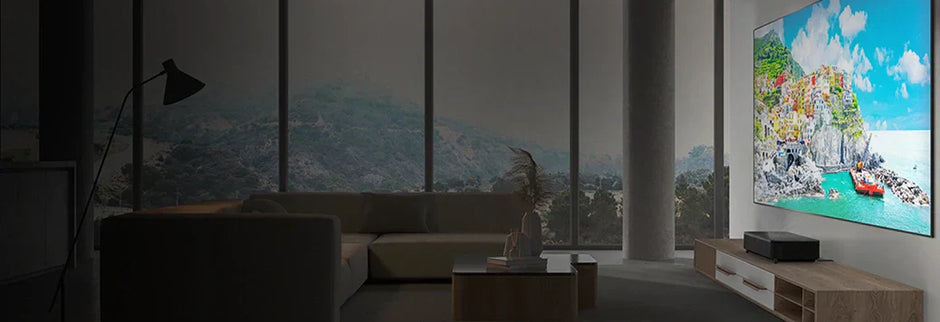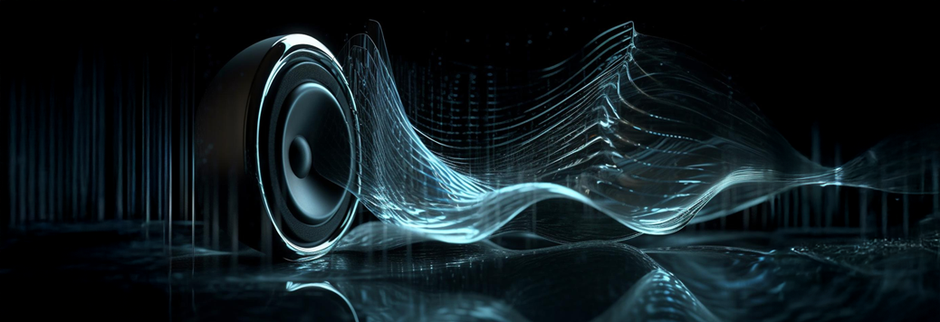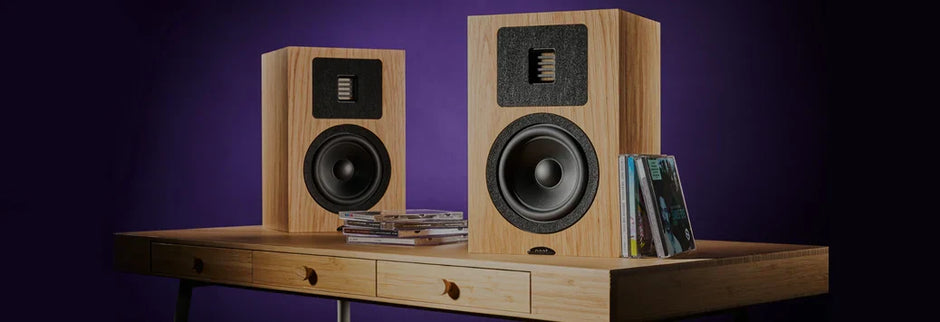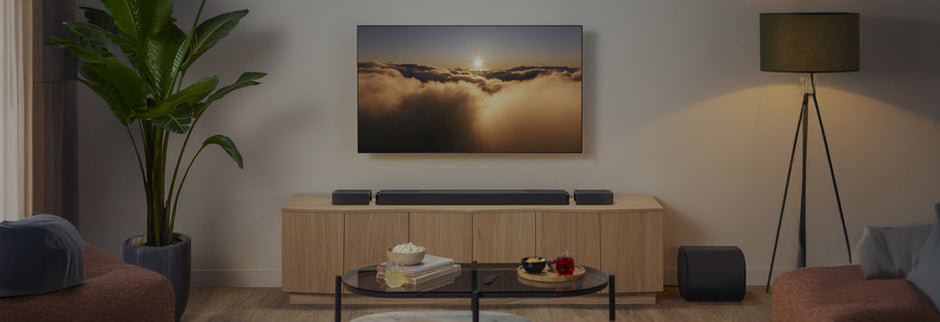
No matter how much or how little you’ve worked on your sound system, the quality of the sound will always be impacted by the room. The impact of the room on the sound output quality is often overlooked by several users.
What Effect Does the Room Have on the Sound Quality?
For every bass note played, have you noticed whether they all sound like they are at the same level in your room? How often have you realised that some bass notes are lower in level, while some are higher in level?
Additionally, have you ever noticed if there is one bass note that stands out above the others? This mismatch of bass notes is caused by the room.

So Why Do You Need Digital Room Correction (DCR)?
DCR can have a vast impact in improving your sound output quality. It can support your sound quality in the following ways:
In other words, DRC is intended to smooth the bass response in your listening room so that each note sounds even to the ears.
DCR’s are not just restricted to one location, but Modern DRC algorithms work across multiple seats in order to ensure consistent frequency and phase response, covering a user-definable target area.
Why Do We Have an Uneven Bass Response in Our Listening Rooms to Begin With?
This happens essentially due to the physical dimensions of a listening room and its room ratio. Although room construction and acoustical treatments play a role in the sound quality, at these long wavelengths, there is more emphasis on the room ratio.
Moreover, the room's transition frequency begins dominating the sound in such a way that the room starts overpowering the loudspeakers for the control of the low-frequency response.
How Does DRC Work?
- The configuration of a digital room correction system begins with measuring the impulse response of the room at a reference listening position, and sometimes at additional locations for each of the loudspeakers.
- In order to compute a FIR filter, a computer software is used. This reverses the effects of the room and linear distortion in the loudspeakers.
- In conditions where the performance is low, a few IIR peaking filters are used instead of FIR filters. These require a relatively computation-heavy operation.
Most modern Digital Room Correction software products ensure not only the correction of magnitude response, but also the response of low-frequency room reflections.
Once an acoustic measurement is made, the DRC software extracts the minimum phase response. Then by inverting the amplitude response and applying it as a filter to the measured response, the result is a flat frequency response. By EQ'ing the amplitude response, the phase response is also adjusted, as it is a minimum phase system.
Then the DRC software, independently of the minimum phase correction, also corrects the excess phase.
Conclusion
When you use a DRC to remove the room's frequency response, you experience a solid bass response that sounds pellucid and crystal clear. This feature of a DRC can prove to be a real benefit to all the audiophiles.
We hope this provided you with an insight about Digital Room Correction. However, should you have any further questions, our Team of experts at Ooberpad will be happy to assist you.







